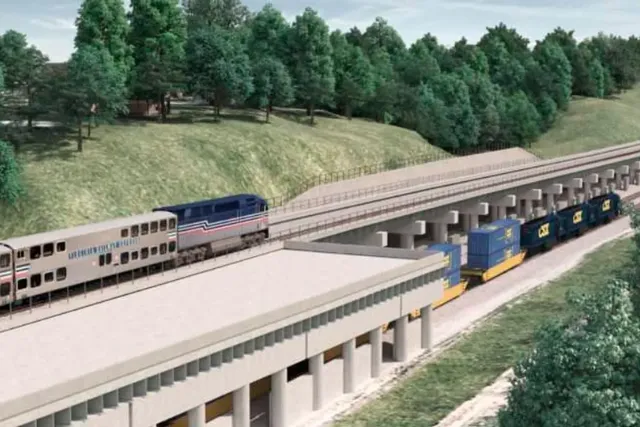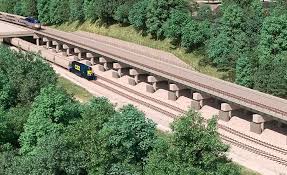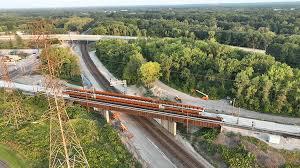
A joint venture of FlatironDragados and Herzog is moving ahead this month with the $414 million Franconia-Springfield Bypass, a major project designed to untangle one of Virginia’s most congested rail corridors.

The Virginia Passenger Rail Authority (VPRA) said the bypass will allow passenger and freight trains to move more safely and efficiently through the busy stretch between Fredericksburg and Washington, D.C. The JV’s scope includes building about 1.4 miles of new passenger rail track, highlighted by a 0.6-mile-long flyover bridge that will carry passenger trains above the existing CSX freight lines in Springfield, Virginia.
The bypass is engineered to separate passenger and freight rail traffic, eliminating delays and bottlenecks caused by the shared tracks. Once complete, the structure will be only the second of its kind in the U.S., according to Railway Technology. The plan also involves shifting existing tracks to accommodate the new bypass, as well as constructing retaining walls, regrading sites, and installing modern drainage systems.
Other major stakeholders include CSX Transportation, Amtrak, Virginia Railway Express (VRE), the Washington Metropolitan Area Transit Authority (WMATA) and the Northern Virginia Transportation Authority (NVTA).

“This project will provide safer, more efficient rail service by reducing congestion and improving reliability,” said FlatironDragados Executive Vice President Jim Schneiderman. “As construction begins, our team will continue to collaborate with VPRA and other stakeholders to identify innovative solutions to challenges as we transform rail infrastructure in this key market.”
Herzog, based in St Joseph, Missouri, has already been tackling utility relocations and preconstruction work in an active rail environment since last year — coordinating around more than 70 daily CSXT and Amtrak trains to keep rail operations moving during early site work.
FlatironDragados says the team will use a beam launcher to erect bridge girders, a solution that limits disruption to freight operations. Crews will also handle massive earthworks — moving more than 400,000 cubic yards of material — and employ dewatering, undercutting and complex underground drainage detention systems to manage stormwater and protect the sensitive wetland habitats near the alignment.
The project is supported by a mix of federal, state and local funding. VPRA, Amtrak and NVTA have each allocated funds for different phases of the work, which is expected to wrap up in 2029. When complete, the bypass will enable smoother service for the growing number of commuters and freight operators relying on the corridor daily.
Originally reported by Julie Strupp in Construction Dive.